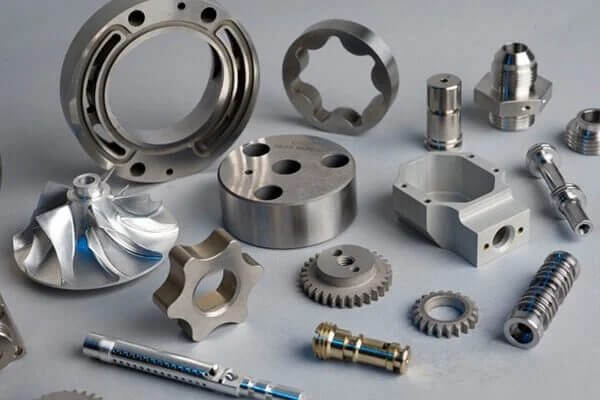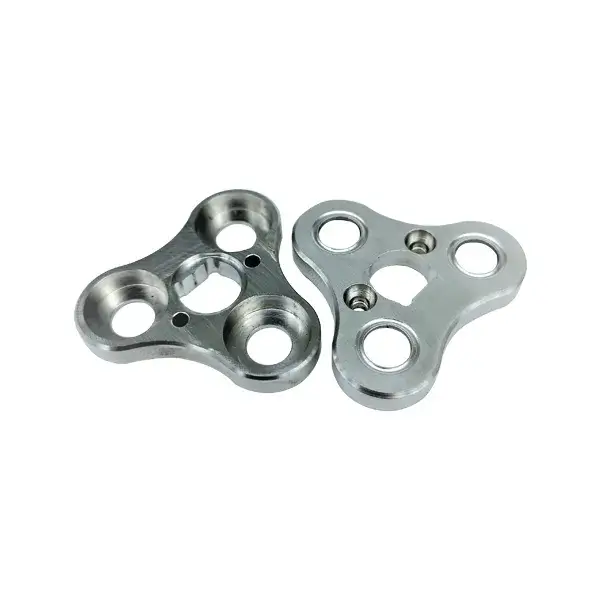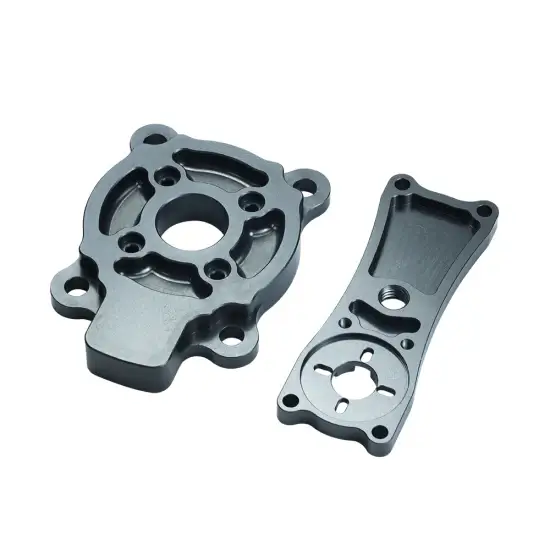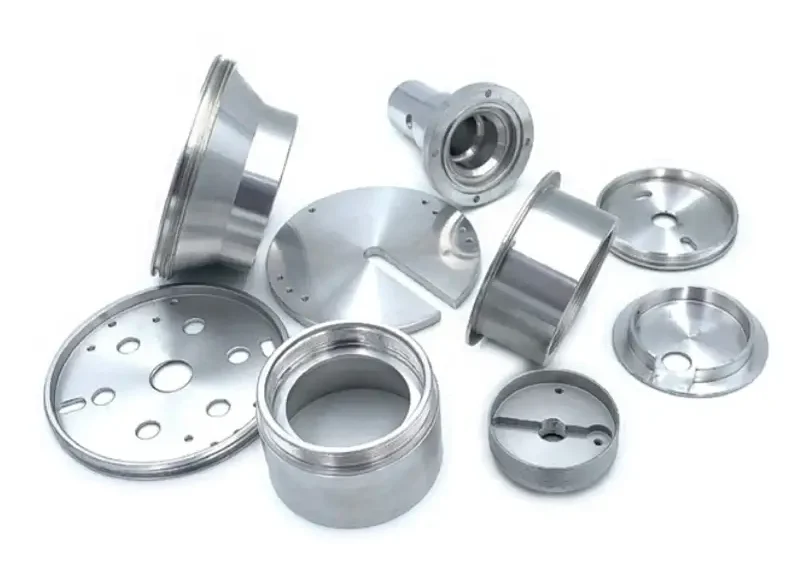Guidelines for Creating High-Precision Aluminum Machined Parts
Aluminum is a versatile material that is widely used in the manufacturing industry due to its light weight, corrosion resistance, and ease of machining. However, designing aluminum machined parts can be challenging and requires consideration of the machining process. In this article, we will explore some important design considerations when machining aluminum parts.
1.Material Selection
The first thing to consider when designing aluminum machined parts is material selection. There are many different types of aluminum alloys to choose from, each with their own unique properties. When choosing an aluminum alloy for machining, it is important to consider factors such as strength, machinability, and cost. Some of the most commonly used aluminum alloys in machining include 6061, 2024, and 7075.
- 6061 aluminum alloy is a commonly used alloy because it has high strength and good machinability. However, it can be more expensive than other aluminum alloys.
- 2024 aluminum alloy is another commonly used alloy because it has a high strength-to-weight ratio, but can be more difficult to machine.
3.7075 aluminum alloy is a high-strength alloy that is often used in aerospace and military applications, but it can be more expensive than other aluminum alloys.

2.Part Geometry
The next consideration when designing aluminum machined parts is part geometry. Aluminum parts can be made into a variety of shapes, including cylindrical, prismatic, and complex shapes. When designing part geometry for machining, it is important to consider the need for fixtures and the ability to access hard-to-reach areas.
For example, when machining cylindrical parts, it is important to consider the aspect ratio of the part. Parts with higher aspect ratios may require additional support or specialized fixtures to prevent deflection during machining.
Prismatic parts may require additional consideration of clamping and fixtures to ensure they remain stable during machining. Complex shapes may require multi-axis machining or specialized fixtures to ensure that all areas of the part can be accessed during machining.
3.Tolerance
Tolerance is an important consideration when designing aluminum machined parts. Tolerance refers to the allowable deviation from the required size of the part. When setting the tolerance of aluminum parts, it is important to consider the machining process used and the requirements of the final product.
For example, some machining processes, such as milling, may be able to achieve tighter tolerances than others, such as turning. Additionally, the requirements of the end product may dictate the necessary tolerances. For example, parts used in high-precision applications such as medical devices may require tighter tolerances than parts used in less critical applications such as consumer products.

4.Surface Finish
Surface finish is another important consideration when designing aluminum machined parts. Surface finish refers to the texture or appearance of the surface of a part. Aluminum parts can be treated with a number of different surface finishes, including anodizing, polishing, and powder coating.
When choosing a surface finish for an aluminum part, it is important to consider the requirements of the end product and the desired aesthetic appearance. Anodizing can be used to increase the corrosion resistance of an aluminum part, while polishing can be used to create a smooth, reflective surface. Powder coating can be used to create a durable, long-lasting coating that resists scratches and chipping.
5.Machining Parameters
The final consideration when designing aluminum machined parts is the machining parameters. Machining parameters refer to the cutting speeds, feed rates, and depths of cut used during machining. When selecting machining parameters for aluminum parts, it is important to consider the material being machined, the desired surface finish, and the available machining equipment.
For example, different aluminum alloys may require different machining parameters due to their unique properties. Additionally, the desired surface finish of the part may dictate the use of specific machining parameters. Finally, the available machining equipment may limit the range of machining parameters that can be used.
It is also important to note that optimizing machining parameters for aluminum parts can help reduce machining time, increase tool life, and improve surface finish. For example, increasing cutting speeds may help reduce machining time, while decreasing feed rates may help improve surface finish.

6.Conclusion
Designing aluminum machined parts requires careful consideration of the machining process. Material selection, part geometry, tolerances, surface finish, and machining parameters are all important considerations that affect the performance and efficiency of aluminum parts.
By taking the time to carefully consider these factors, manufacturers can optimize the design and manufacturing process of aluminum parts to produce high-quality, efficient, and cost-effective products.
Ultimately, designing aluminum machined parts requires balancing practical considerations, such as cost and machining efficiency, with requirements for the end product, such as strength and aesthetics. By balancing these factors, manufacturers can meet customer needs while achieving optimal manufacturing efficiency, whether it is a CNC aluminum part or a custom aluminum part.
